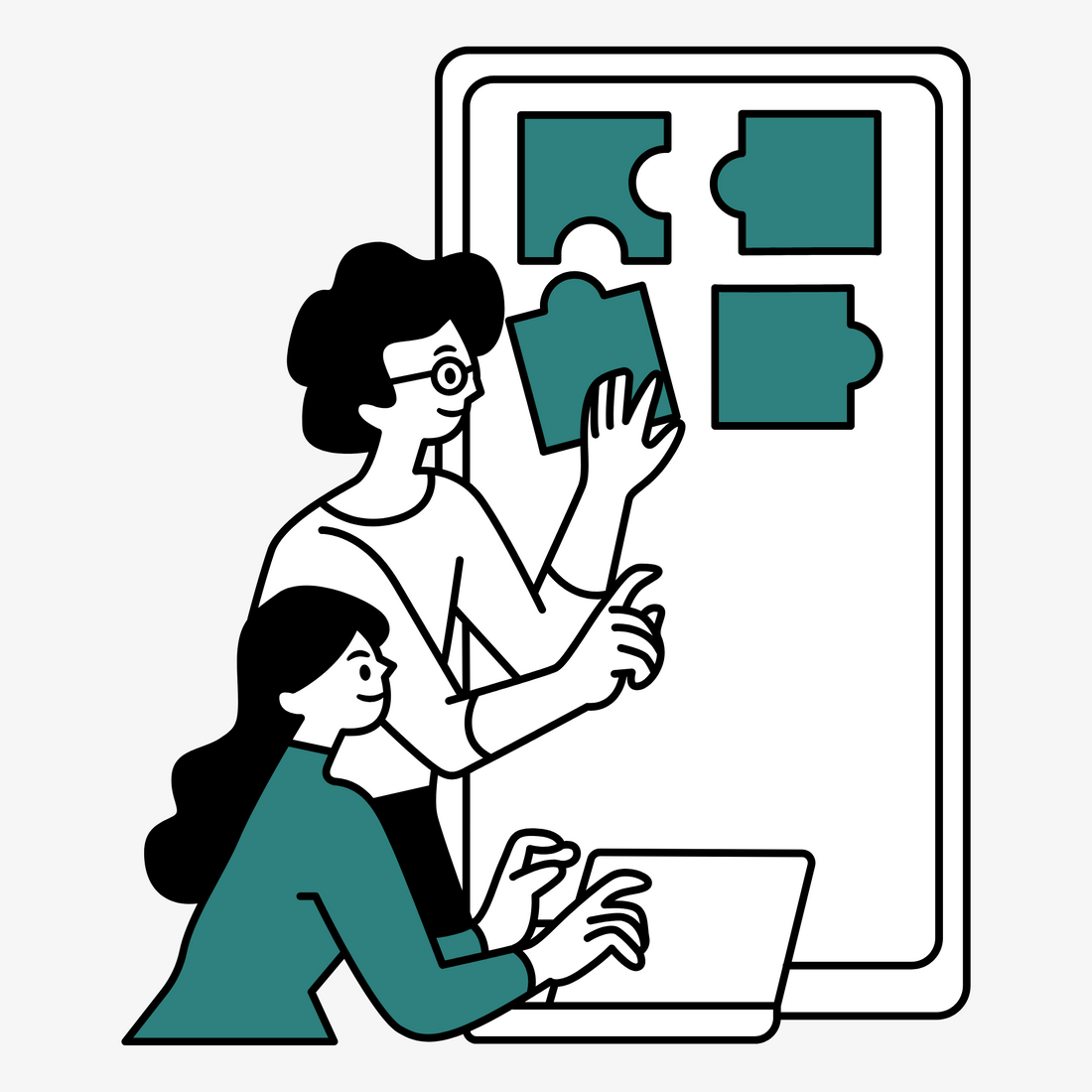
Design Thinking in Education: Empowering Students to Solve Real-World Problems
Share
Design Thinking in Education: Empowering Students to Solve Real-World Problems
Design thinking is more than just a buzzword; it's a transformative approach that equips students with the skills and mindset to tackle complex, interdisciplinary challenges. This human-centred problem-solving method emphasises empathy, collaboration, and iteration to create innovative solutions.
What is Design Thinking?
Design thinking is a journey to inspire innovation and drive transformative change. It's not linear; designers often revisit earlier stages as they gather information and refine solutions. The core revolves around understanding the user's needs, desires, and challenges.
The Hasso-Plattner Institute of Design at Stanford (d.school) outlines a five-stage process:
- Empathise: Deeply understand the user's needs and experiences.
- Define: Clearly identify the problem that needs solving.
- Ideate: Brainstorm freely and unleash creative ideas.
- Prototype: Create tangible or conceptual representations of solutions.
- Test: Refine solutions through trial and feedback.
Bringing Design Thinking to Life in the Classroom
Design thinking offers a fresh approach to teaching and learning, fostering empathy, creativity, and continuous improvement.
- Ignite with Empathy: Understanding user needs is crucial. Engage students in activities like interviews and field trips to gain real-world insights.
- Champion Big Ideas: The classroom should be a safe space for creativity. Encourage students to explore "out there" ideas and develop critical and creative thinking skills.
- The Power of Prototyping: Turn abstract ideas into tangible action. Students can use craft supplies or digital tools to create prototypes, solidifying their understanding.
- Iterate with Community Feedback: Design thinking thrives on feedback. Involve the wider community for diverse perspectives that can refine student prototypes. Through this iterative process, students learn to embrace change and persevere through challenges.
- Learning Across Disciplines: Design thinking is not subject-specific. It promotes interdisciplinary learning, encouraging students to see connections across different areas of knowledge.
Examples of Design Thinking in Action
Here are two examples of how design thinking can be applied across the curriculum:
-
Problem: Design a sustainable city for future generations.
- Math: Population projections, infrastructure budgets, resource allocation.
- Science: Sustainable energy, eco-friendly materials, balanced ecosystems.
- Social Studies: Migration patterns, governance models, historical city planning.
- Arts: Visualisation through models, sketches, and digital designs.
-
Problem: Develop sustainable farming practices in a changing climate.
- Biology: Plant species, growth conditions, pest and disease impact.
- Economics: Market demand for crops, pricing strategies, organic farming viability.
- Environmental Science: Soil conservation, water management, organic farming's ecological benefits.
- Civics & Citizenship: Policies supporting sustainable agriculture and community cooperatives.
Myths Debunked
The surge in design thinking's popularity has led to some misconceptions:
- It's only about design: Design thinking is a problem-solving framework applicable across various fields, not just aesthetics.
- It's just brainstorming: Design thinking encompasses the entire process, from understanding user needs to testing solutions.
- It always leads to innovation: The goal is to find the right solution, which might not always be groundbreaking.
- Anyone can do it without guidance: While the principles are accessible, effective application requires training and practice.
- It's a trend or fad: Design thinking has roots in established methodologies like "agile" and "lean," used by industry leaders.
The Ripple Effect Beyond the Classroom
Classrooms that embrace design thinking foster students who are:
- Empathetic observers: They actively listen, observe, and understand, building a foundation for empathy.
- Critical thinkers: Questioning the status quo becomes natural. They evaluate, analyse, and synthesise information from various sources.
- Collaborative problem solvers: Design thinking thrives on teamwork. Students collaborate across disciplines and personal strengths, sharing insights and crafting holistic solutions.
By integrating design thinking, classrooms become hubs where real-world challenges meet innovative solutions, woven through a rich tapestry of subjects. Students don't just learn; they prepare to shape the world of tomorrow.
Looking to Foster Design Thinking in Your Classroom?
Explore our range of educational posters on design thinking and technology! These visually engaging resources can be a valuable asset in your classroom, helping students understand and implement this powerful problem-solving approach.
